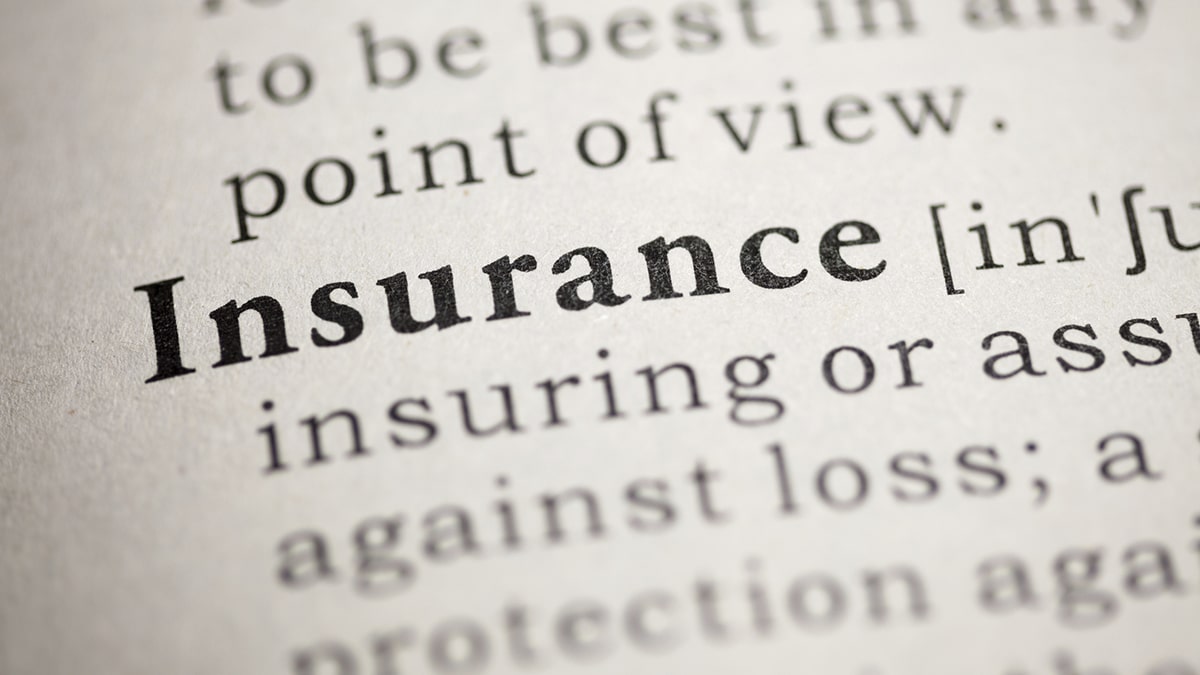In this guide
- What are the rules?
- What types of insurance cover are SMSFs allowed to provide?
- The advantages of purchasing insurance through an SMSF
- Taxation of insurance benefits
- Are SMSF insurance premiums competitive?
- Can I transfer my personal life insurance policy to my SMSF?
- What other types of insurance can SMSFs purchase?
- The bottom line
If you’ve elected to run your own SMSF, chances are you’ve also taken a proactive and responsible approach to insurance.
Regardless of whether you already have life insurance outside super or in a pre-existing super fund, when you start an SMSF you need to jump through a few hoops regarding your insurance strategy.
SMSF trustees must consider whether to take out appropriate insurance cover for each member of their fund as part of preparing their investment strategy.
Learn more about writing your SMSF investment strategy.
Watch our comprehensive video guide below or continue reading to learn about insurance rules and considerations for SMSFs.
SuperGuide members have access to an extended version which gives compliance and strategy tips, as well as ways to evaluate whether your insurance should be inside or outside super.
Learn more about the benefits of a SuperGuide membership.
What are the rules?
It’s a legal requirement for all SMSFs to prepare a documented investment strategy during the SMSF’s setup process.
This strategy (including any insurance coverage) must be reviewed regularly by your fund’s trustees to ensure it continues to reflect member needs and circumstances as they change over time.
Ongoing trustee compliance with your fund’s investment strategy is then checked as part of your annual audit by a licensed SMSF auditor.
Learn more about SMSF audits.
The Super System Review conducted by the Federal Government in 2015 found that SMSF members were more likely than those in other types of funds to hold insurance outside super. As a result, SMSFs are not required to provide a default level of insurance for members as many public sector funds do.
But SMSF trustees are not let off the hook completely. You must thoroughly consider each member’s financial situation to determine if they have an appropriate level of insurance cover. Important considerations include:
- Members’ current level of debt
- Whether members have any dependants and, if so, how those dependants could be provided for if the members were to die or were unable to work for any reason
- The cost of holding insurance inside the SMSF.
What types of insurance cover are SMSFs allowed to provide?
SMSFs are allowed to provide any type of insurance cover that meets one of the following superannuation conditions of release:
- Death (life insurance)
- Permanent incapacity that causes the fund member to permanently cease working (total and permanent disability insurance or TPD)
- Temporary incapacity that causes the fund member to temporarily cease working (income protection insurance)
- The diagnosis of a terminal medical condition (by two medical professionals) that is likely to result in the member’s death within two years. Terminal illness benefits are generally an option available with life insurance policies.
Note
When considering TPD insurance, be aware that each insurer will have its own definitions and features. One of the key features of TPD policies is occupation type, of which there are two. ‘Own occupation’ means you can receive a benefit payment if you are unable to work in your usual role. ‘Any occupation’ means you can only receive a benefit payment if you are unable to work in any gainful occupation you are reasonably suited for.
SMSFs are prohibited from holding ‘own occupation’ TPD insurance unless the policy was issued prior to 1 July 2014. This is because policies issued in super after this date are required to be consistent with a condition of release, to ensure the insurance proceeds can be released before members reach preservation age. The ‘any occupation’ definition is consistent with the permanent incapacity condition of release, so this is the definition that is permitted.
Each of the above conditions of release allows a fund member to access their super regardless of whether they have reached their preservation age.
Read more about when you can access your super and preservation age.
Once you decide the type of insurance cover you need, you can weigh up the advantages of holding it inside your SMSF, in a pre-existing super fund, or personally, outside super.



Leave a Reply
You must be logged in to post a comment.